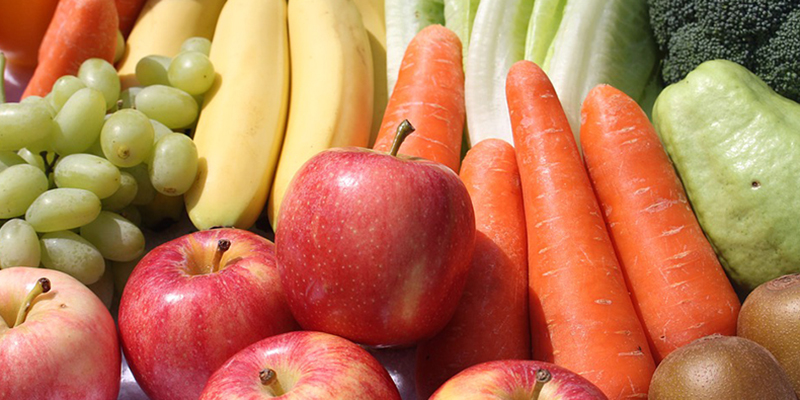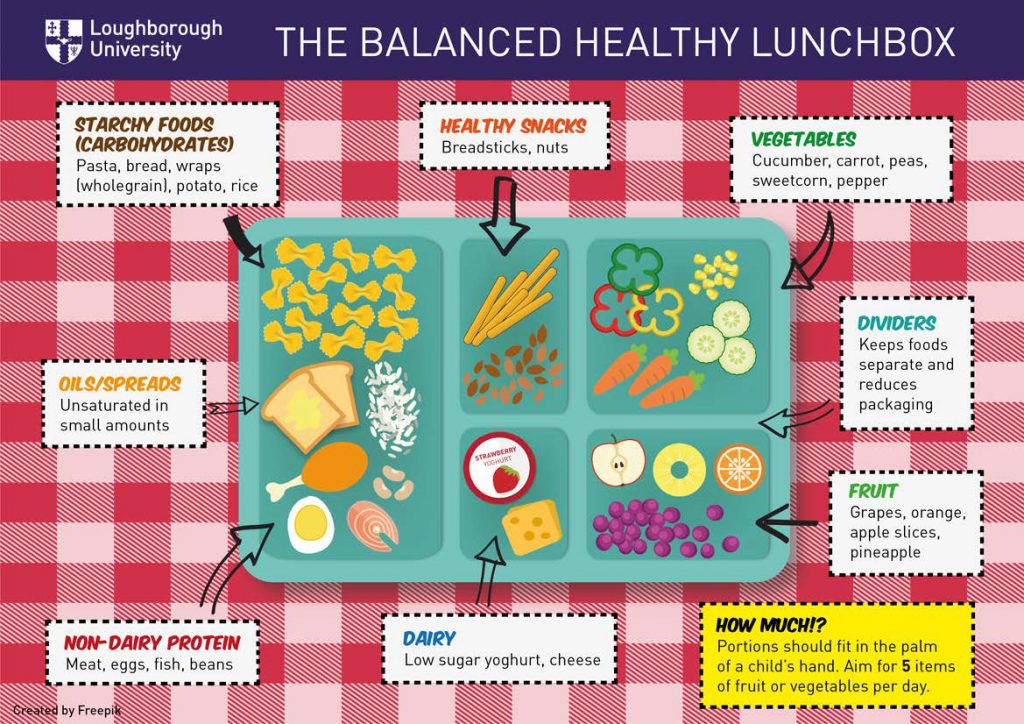
Children’s packed lunches have come a long way since the days of Wagon Wheels, Um Bongo and Monster Munch, but what does the perfect primary school pack-up look like?
Loughborough University’s Dr Clare Holley, an expert in healthy eating behaviour in young children, has assembled the ingredients and amounts needed to give youngsters the correct amount of nutrition for their scholastic meals.
The perfect packed lunch, according to Dr Holley, includes a portion of all the main food groups – carbohydrates, dairy, fats and sugars, fruit and vegetables and protein. And the portion sizes can be judged by using the size of a child’s palm as one serving.
The best kind of packed lunch will be balanced between the main food groups. You need carbohydrates for energy, dairy for calcium – which helps with strong teeth and bones, fruit and vegetables for vitamins and minerals for a healthy body, low sugar, low salt and low saturated fat to protect teeth, heart and other health.
And finally, milk, water or diluted fruit juice make the best drinks. Avoid fizzy drinks or flavoured waters as they may contain substantial amounts of sugar or be acidic which can lead to tooth decay.

Dr Emma Haycraft, an expert in children’s eating behaviours, also recommends using dividers to help keep the foods and flavours separate and reduce waste from unnecessary packaging. And to maintain interest, parents should offer children a wide range of different food, while sticking to the healthy group template.
Food labels
- Fruit: Grapes, apple slices, orange segments, pineapple chunks, banana, kiwi slices, raisins, strawberries, blueberries, plum, pear
- Vegetables (raw or cooked): Cucumber, lettuce, pepper strips, carrot sticks, sugar snap peas, baby corn, mange tout, broccoli florets, cooked peas or sweetcorn,
- Carbohydrate (starchy foods): Wholegrain bread, pasta, wraps, potato, rice, pitta bread, cous cous, noodles, crackers, bread sticks
- Protein: Meat (chicken, ham, beef), fish (tuna, salmon, mackerel), eggs (boiled, frittata/omelette), beans (chick peas, kidney beans etc as part of a salad), nuts/seeds (almonds, pumpkin seeds, and others high in protein), lentils
- Dairy: Yoghurt, cheese (cottage cheese, cream cheese, cheese portions), milk, fromage frais,
- Oils and spreads: Unsaturated in small amounts (e.g. olive oil on pasta or salads)